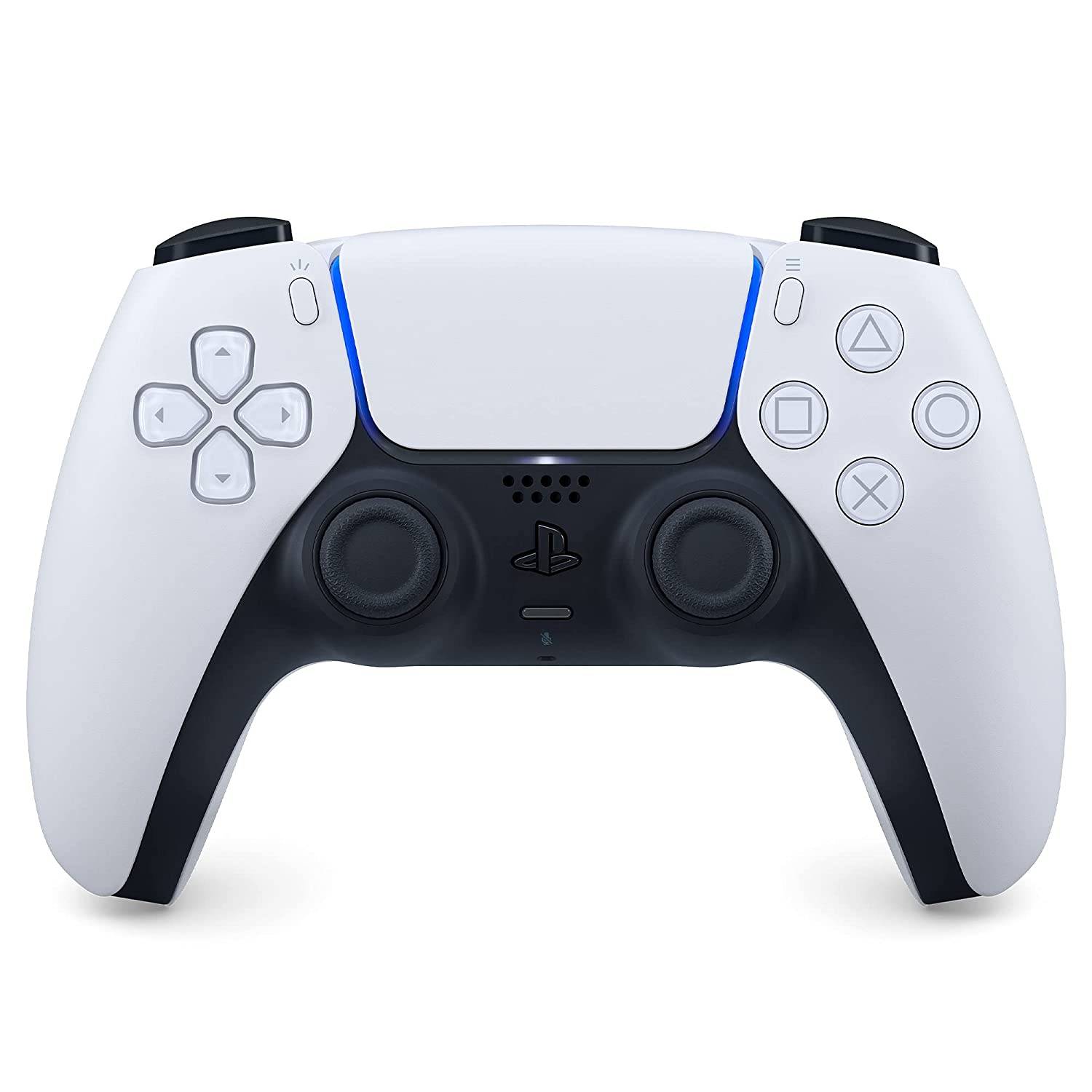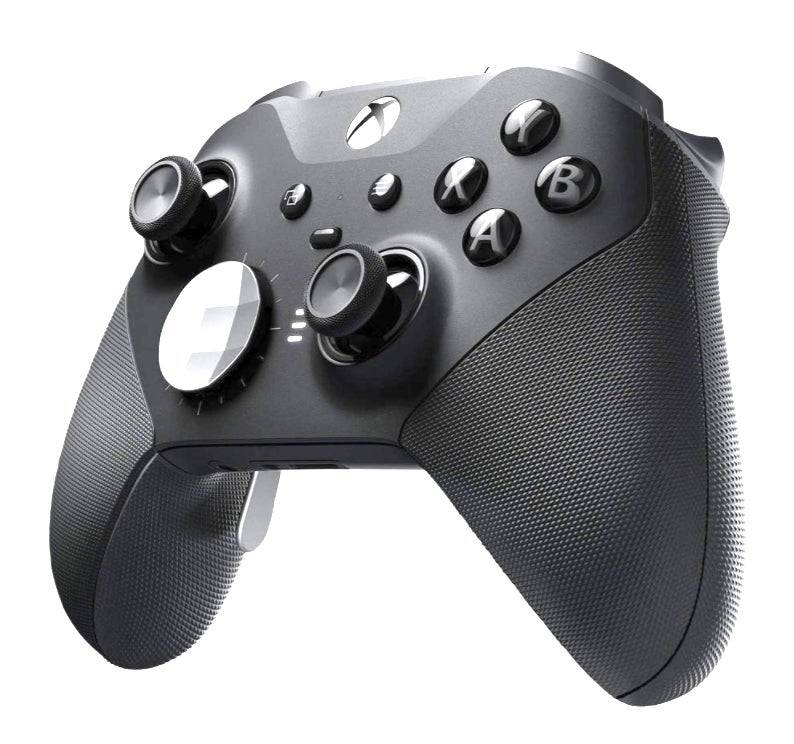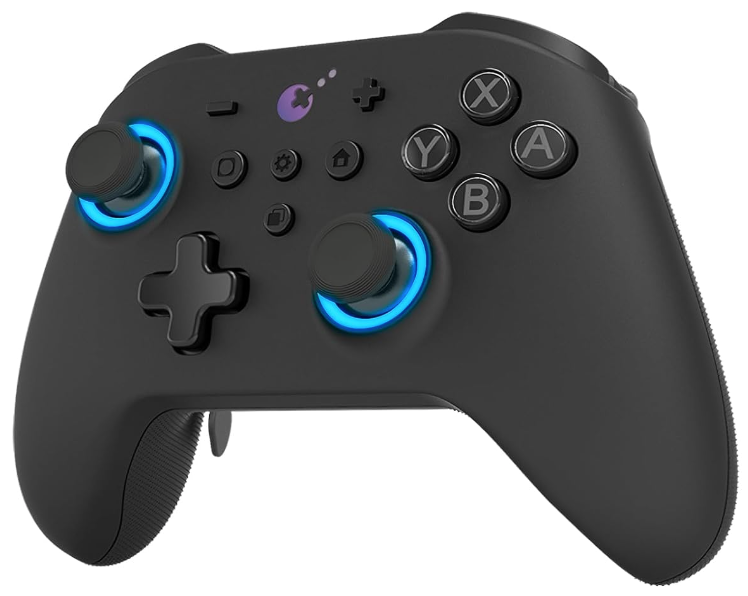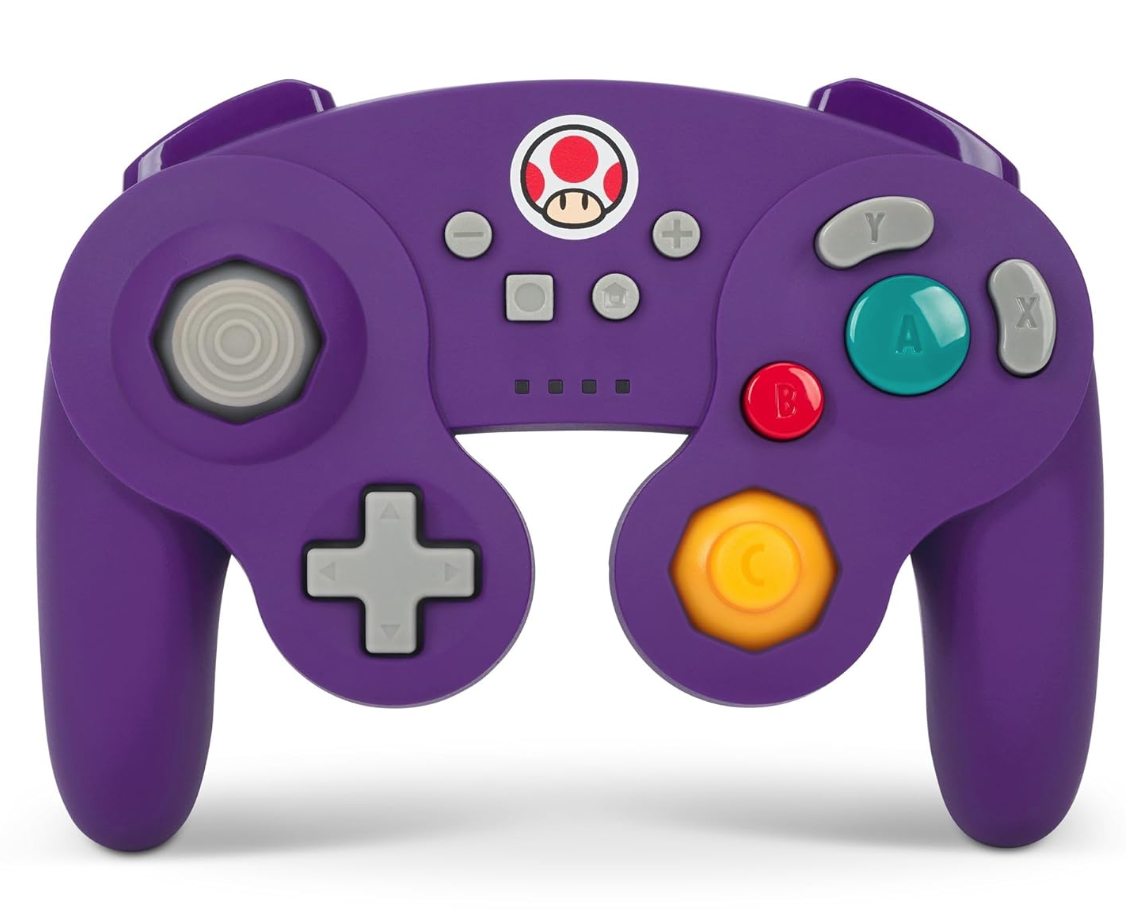The ROG Ally made a splash in 2023 as a compelling alternative to the Steam Deck, primarily due to its Windows operating system, which grants access to a broader range of games. The following year introduced the ROG Ally X, which not only enhanced the internal components but also improved ergonomics and cooling, making it even more enjoyable to use. While the ROG Ally's portability remains its biggest draw, the ability to connect it to a TV or gaming monitor adds a delightful versatility to your gaming setup. Both the original ROG Ally and the ROG Ally X support external displays, allowing you to enjoy your games on a larger screen. Below, you'll find a comprehensive guide on how to connect your ROG Ally to a TV or monitor, complete with step-by-step instructions and recommendations.
How to Connect With an Adapter
There are several ways to connect your ROG Ally to a TV or monitor, but using an adapter is a compact and straightforward solution. Whether you choose a small dongle-style adapter, a direct cable, or the official ROG Gaming Charger Dock, there are plenty of options to suit your needs.
What You'll Need

ASUS ROG 65W Charger Dock
Supports HDMI 2.0 with USB Type-A and USB Type-C for ROG Ally. See it at Best Buy
Asus has streamlined the process of connecting the ROG Ally to a TV with the official ROG Gaming Charger Dock, which also serves as a charger for your device. All you need is a USB-C and HDMI cable, and you're set. The Charger Dock includes a USB-A port, perfect for connecting a mouse or keyboard.
For a third-party solution, you can use a USB-C to HDMI adapter directly connected to the ROG Ally's USB-C port. Then, attach an HDMI cable from the adapter to your TV or monitor. If you prefer a one-cable solution, a USB-C to HDMI cable connects directly from your ROG Ally to your TV or monitor without any additional steps.
Some USB-C to HDMI adapters come with a passthrough USB-C port for charging the ROG Ally while it's connected to an external display. If your adapter has this feature, you'll need an additional USB-C cable and your power adapter to keep the battery charged during gameplay.
How to Connect: Step-by-Step Instructions
- Plug a USB-C to HDMI adapter (or cable) into the ROG Ally's USB-C port on the top of the enclosure. If using the ROG Gaming Charger Dock, connect one end of a USB-C cable to the ROG Ally's USB-C port and the other end to the USB-C charging port on the Charger Dock.
- Connect an HDMI cable to the adapter (or Charger Dock) and plug the other end into an available HDMI port on your TV or monitor. For a direct USB-C to HDMI cable, simply plug the HDMI end into your TV or monitor.
- (Optional) If your USB-C adapter has a passthrough USB-C port for charging, connect your ROG Ally's power adapter to this port to provide power.
- Power on the ROG Ally; it should automatically detect and output the video signal.
- Switch your TV or monitor to the correct HDMI input to view your ROG Ally's display.
How to Connect With a Docking Station
For a more Nintendo Switch-like experience, a docking station is an excellent choice. Although the ROG Ally doesn't have an official docking station beyond the ROG Gaming Charging Dock, there are numerous third-party options available. These docking stations allow you to place the ROG Ally in a stand, connect to your TV or monitor, and charge simultaneously.
What You'll Need

JSAUX Docking Station HB0603
2100 watts of power for fast charging and tons of ports come with this lightweight, compact dock that also serves as a stand. See it at Amazon
Basic docks for the ROG Ally typically feature an HDMI port and a USB-C passthrough charging port. For those seeking more functionality, advanced docks offer additional USB ports for peripherals like a mouse and keyboard, external hard drives, Ethernet ports for stable wired internet, SD card slots for expanded memory, and even Display Ports for additional screens. Smaller, portable docks are ideal for travel, allowing you to connect to larger displays on the go. Many docks designed for the Steam Deck are also compatible with the ROG Ally.
How to Connect: Step-by-Step Instructions
- Place your ROG Ally into the dock.
- Connect the USB-C power cord to the ROG Ally's USB-C port on the top of the enclosure.
- Connect your ROG Ally's power adapter to the USB-C charging port on the dock.
- Attach an HDMI cable to the HDMI port on the dock and the other end to an available HDMI port on your TV or monitor.
- Power on the ROG Ally; it should automatically detect and output the video signal.
- Switch your TV or monitor to the correct HDMI input to view your ROG Ally's display.
You'll Also Need a Controller
While you can connect a mouse and keyboard to your ROG Ally's docking solution, using a wireless controller offers the most comfortable gaming experience on a larger display. The ROG Ally supports any Bluetooth-enabled gaming controller. Below are our recommendations for the best Steam Deck controllers, which are also compatible with the ROG Ally.

Sony DualSense
See it at Amazon | See it at Best Buy | See it at Target

Xbox Elite Series 2 Controller
See it at Amazon | See it at Best Buy

8BitDo Ultimate Controller

GuliKit KingKong 3 Max Controller

PowerA Wireless GameCube Style Controller
This includes first-party options like the PS5's DualSense, the Xbox Wireless Controller, or the Nintendo Switch Pro Controller, along with numerous third-party alternatives. Some controllers use a 2.4GHz wireless connection with an included USB adapter, offering lower latency and better range than standard Bluetooth controllers. Alternatively, you can opt for a wired USB controller for a plug-and-play solution if you're close to your ROG Ally or docking station.




